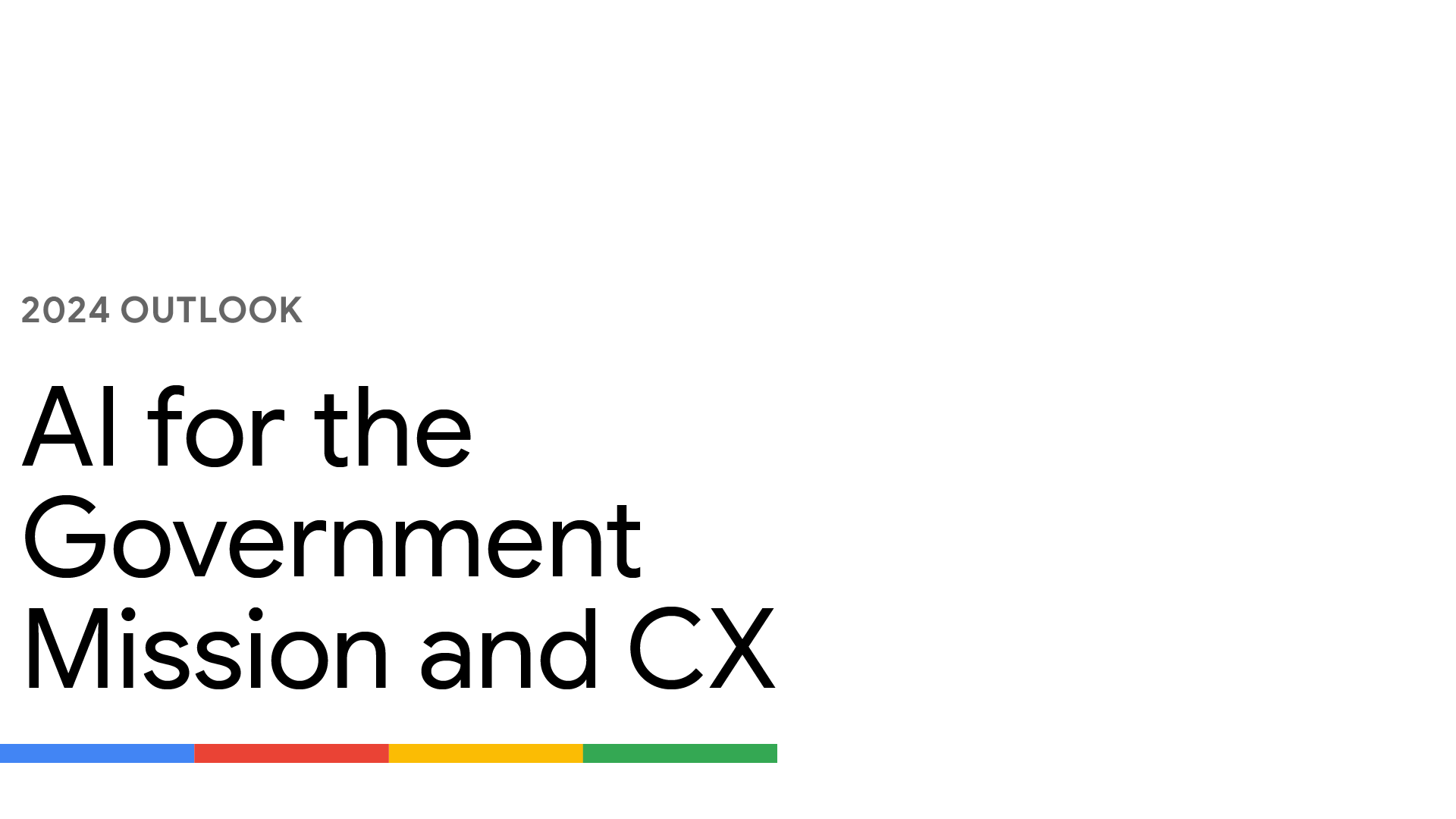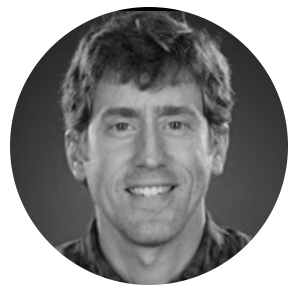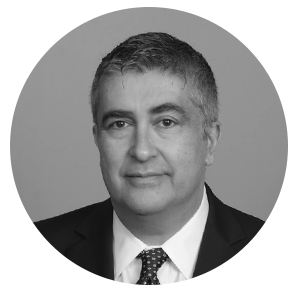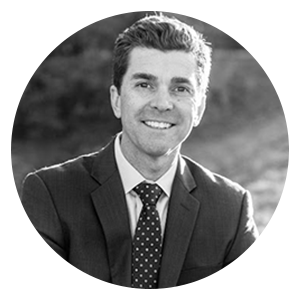Hero

Header and Body
Watch On Demand Now
As agencies prepare for a busy 2024, leaders across the public sector are evaluating how to streamline internal operations, meet the mission and improve the citizen experience. Emerging technologies, such as artificial intelligence, have great potential to do that and more. From enhancing citizen experiences to transforming operations to rethinking infrastructure, advancements in generative artificial intelligence, machine learning and cloud computing can support these opportunities for growth, improve service delivery and deliver on mission goals.
In the first of a two-part series, GovExec and Google Public Sector discuss the 2024 outlook for AI in government. Featuring Dr. Keyvan Farahani, Senior Data Science, Imaging, and AI Program Director for the National Heart, Lung, and Blood Institute at NIH, we’ll explore how cloud computing is shaping the agency’s mission critical work like Medical Imaging De-Identification — and how AI and ML could fit into the future.
With an exclusive look at some of the key trends in public sector AI — and insights from a government expert — guests will learn:
- The potential of emerging technologies, such as artificial intelligence, to streamline internal operations, meet the mission, and improve the citizen experience.
- How advancements in generative artificial intelligence, machine learning, and cloud computing can support opportunities for growth, improve service delivery, and deliver on mission goals.
- The evolving landscape and strategic integration of artificial intelligence in government services.
- The transformative potential of AI in delivering a better and more secure experience for both the public and government employees.
Interested in part two? Registration is open for 2024 Outlook: AI for Technical Security Excellence in Government.
Speakers


David Belardo
Customer Engineer
Google Cloud
.

Manoj Gupta
Executive Architect
Google Public Sector

Manoj Gupta
Executive Architect
Google Public Sector

Dr. Keyvan Farahani
Senior Data Science, Imaging, and AI program director in the Division of Cardiovascular Sciences, at the National Heart, Lung, and Blood Institute (NHLBI)
National Institutes of Health (NIH)
read more
Dr. Keyvan Farahani
Senior Data Science, Imaging, and AI program director in the Division of Cardiovascular Sciences, at the National Heart, Lung, and Blood Institute (NHLBI)
National Institutes of Health (NIH)
Dr. Farahani is the Senior Data Science, Imaging, and AI Program Director at the National Heart, Lung, and Blood Institute (NHLBI) of the National Institutes of Health (NIH). Prior to joining NHLBI he was the federal lead for the Imaging Data Commons and imaging AI projects at the Center for Biomedical Informatics and Information Technology of the National Cancer Institute (NCI) (2020-2023), and program director for Image-Guided Interventions in the NCI Cancer Imaging Program (2001-2019). Since 2020 he has led the Medical Image De-Identification Initiative (MIDI) for best practices in cloud-based and AI-assisted de-identification of images. He’s a co-chair of the NIH Medical Imaging Working Group, Technology sub-group, and a Project Scientist for the NIH Bridge2AI. He has co-authored over 70 peer-reviewed publications, 10 book chapters, and has served as a guest editor to several scientific journals. Currently he is on the editorial board of Tomography. Dr. Farahani is a fellow of the American Institute for Medical and Biological Engineering (AIMBE), and the American Association of Physicists in Medicine (AAPM). He obtained a B.S. in Physics from Sonoma State University in California, and M.S. & Ph.D. in Biomedical Physics from the University of California at Los Angeles.
scientific journals. Currently he is on the editorial board of Tomography and serves as a Project Scientist for the NIH Bridge2AI. A fellow of the American Institute for Medical and Biological Engineering (AIMBE), and the American Association of Physicists in Medicine (AAPM), Dr. Farahani obtained a B.S. in Physics from Sonoma State University in California, and a PhD in Biomedical Physics from the University of California at Los Angeles.


